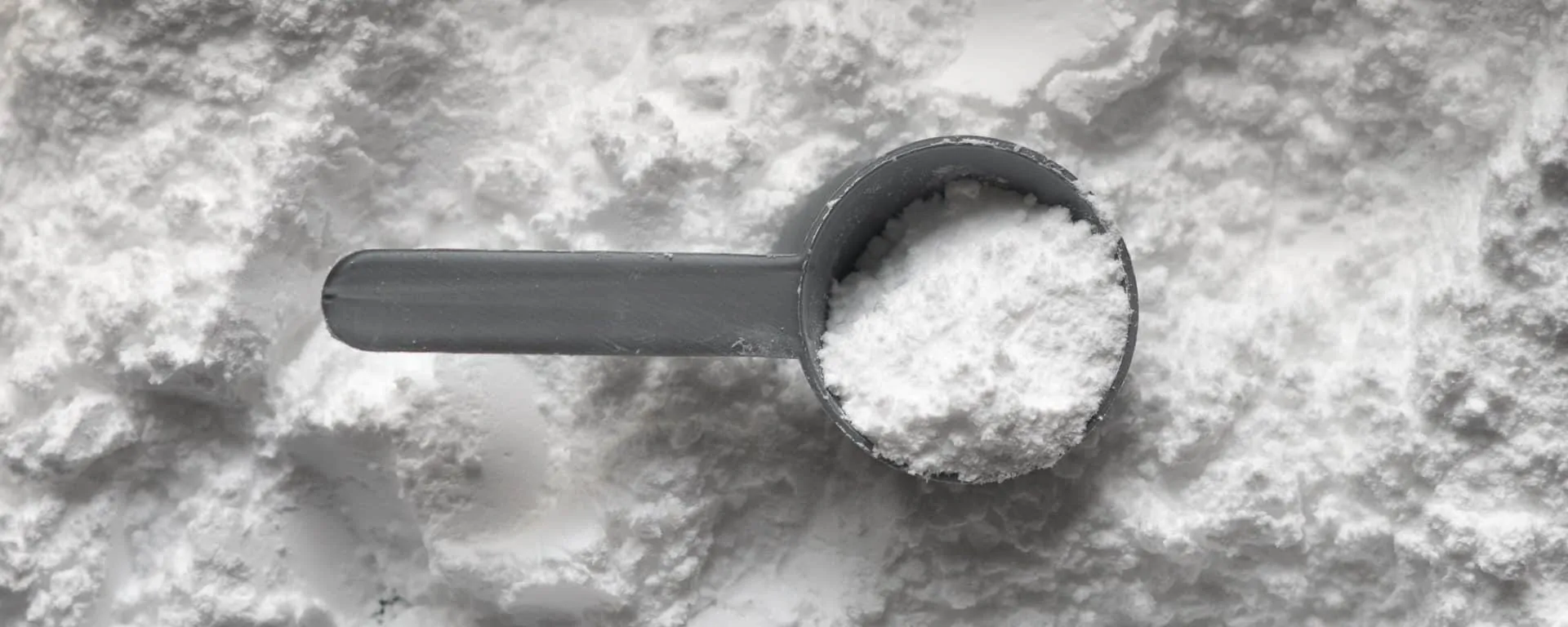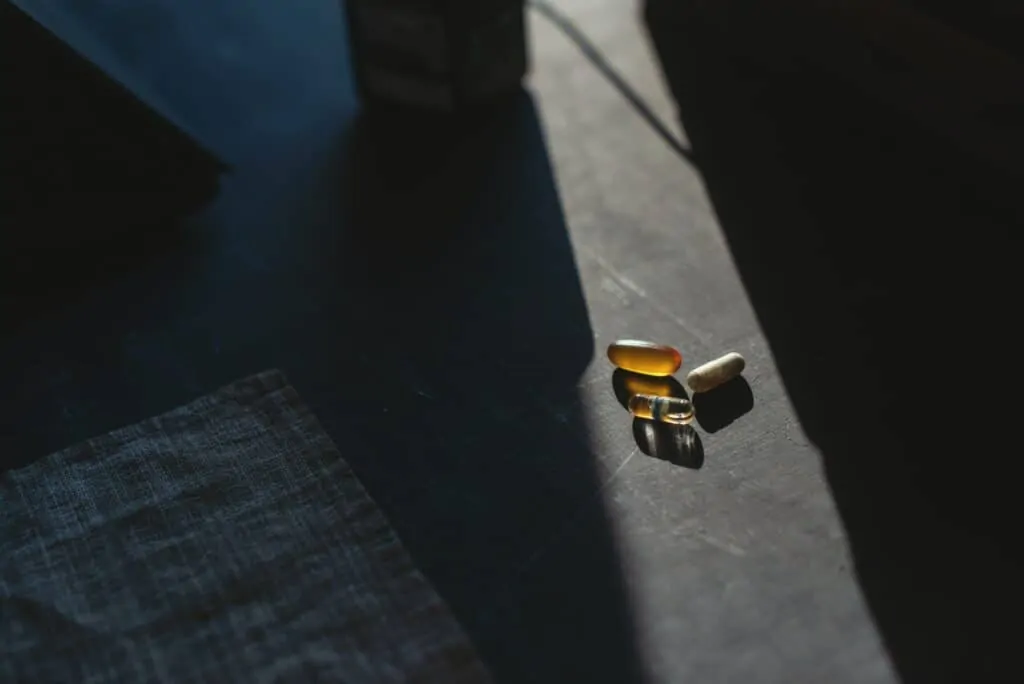
Creatine is a supplement that boasts a lot of muscle-gaining perks. But before we dig into the why’s, what’s and when’s of this power substance, let’s start at the beginning.
What you put in your body is just as critical to what you do to your body to gain muscle mass and strength.
Obvious, right? Well, some things (and especially when we get into the supplement realm) aren’t always straight forward.
First, we know the value of eating whole foods. Clearly, the more we get straight from the earth, the better nourished we are. The foods most packed with nutrients are foods in their whole state, including wild and pasture-raised meats and fish, eggs, broccoli, nuts, cold-pressed olive and coconut oils, berries, avocados and leafy greens. Once you get through that earth-grown stuff, head for organic, antibiotic-free, free-range animal products.
Other than the nourishment real foods offer, they have key components that have not yet been isolated or identified, which means you can’t ingest them otherwise. And, earth-grown foods usually aren’t loaded with fillers or unwanted ingredients and are likely the most cost-effective way to fuel your body.
Now that we are clear on the value and necessity of real food, we can move on to supplements, which include a variety of capsule, powder, liquid or gummy substances used to enhance your nutritional value. And, while they can’t act as a substitute for a healthy diet, they can be used to fill certain nutrient gaps and/or help us achieve certain goals.
Creatine is one of those supplements that is commonly used to enhance gains … but also has a reputation for potentially causing bloating and weight gain. Here, we’re diving into whether that’s true, and the ins and outs of this potentially valuable supplement.
What Is Creatine?

Creatine, when ingested, transforms into creatine phosphate, which produces the adenosine triphosphate (ATP) that helps muscles contract. Your body makes its own creatine, and you also get it when you eat protein-rich foods. When you supplement your natural creatine productions and diet, you increase the stores of the creatine phosphates, which then produces more ATP. The more ATP you produce, the more gains you see from your heavy lifting, as your muscular force and power increase and fatigue decreases.
Alas, this is the reasoning behind creatine supplementation in the fitness industry!
What Does Creatine Do?
Because creatine (specifically creatine monohydrate – more on this below), has been highly researched, scientists can prove that it does what the label purports, which is to make muscle, strength and exercise performance gains. Further, studies typically conclude that creatine:
- Increases muscle strength, as it can help you move more weight in a single lifting bout
- Aids in muscle recovery during a weight training session
- Positively affects your production of the hormone IGF-1 (specifically when paired with strength training) which impacts cell growth throughout your body.
- Reduces myostatin (an element that prevents muscles from growing too large) levels to increase muscle mass
So … Does It Make You Gain Weight? (Plus Side Effects)
Aside from anyone with kidney or liver disease, diabetes or those that are pregnant (though you should always check with your doctor before taking any supplement), creatine is a pretty straightforward and safe supplement, even when taken over a long-term period.
As far as weight gain and bloating goes, creatine IS known for it … but the kicker is that this “weight gain” isn’t necessarily FAT gain. Creatine forces your cells to retain more water, which as most of us know, can cause a “puffy” look and bloating that can give the appearance of weight gain.
This is another reason it is recommended to drink more water when supplementing with creatine, because your cells like to hold on to it.
When You Should Take Creatine
On workout days, taking creatine right before or right after your gym sesh is up to you. But one recent study found that supplementing before a workout increases strength and lean mass, while after shows greater muscle growth. On rest days, just remember to take it with food, particularly carbs.
How Often You Should Take Creatine?
If you’re looking to make quick muscle gains, you can always jump right into a creatine loading phase. You take 20 grams over four servings daily for five to seven days, and then two to ten grams daily subsequently; now you’re swole.
However, if you have more time to build up your intake, do that, because three grams per day over 28 days will reap the same benefits as a loading phase will (and could result in less water weight gain!).
Ultimately, read the bottle and take what is best for you and your weight.
What Are the Different Forms of Creatine?
Like other vitamins and dietary supplements, creatine comes in the form of liquid, bars, capsules, tablets and powder, with the last few being the most common for creatine monohydrate. Other forms and versions aside from creatine monohydrate exist — magnesium chelate, liquid, buffered, ethyl ester and hydrochloride — but none have been more thoroughly studied or proven effective than creatine monohydrate.
Foods High in Creatine
Several foods are also high in creatine, if you’re looking to stick to the natural route. These include mostly protein food sources, including:
• Herring
• Salmon
• Beef
• Chicken Breast
• Tuna
• Cod
• Lamb
If you’re looking for an optimal diet plant to follow (the one I myself use!)
check out the Dolce Diet. Bonus: you’ll be getting your creatine hit with this plan!
Creatine is a valuable organic compound that can help you on the road to making more significant gains. There MAY be some water weight gain and a little bloating, but as long as your diet is on point, you shouldn’t be gaining extra fat if you’re supplementing!